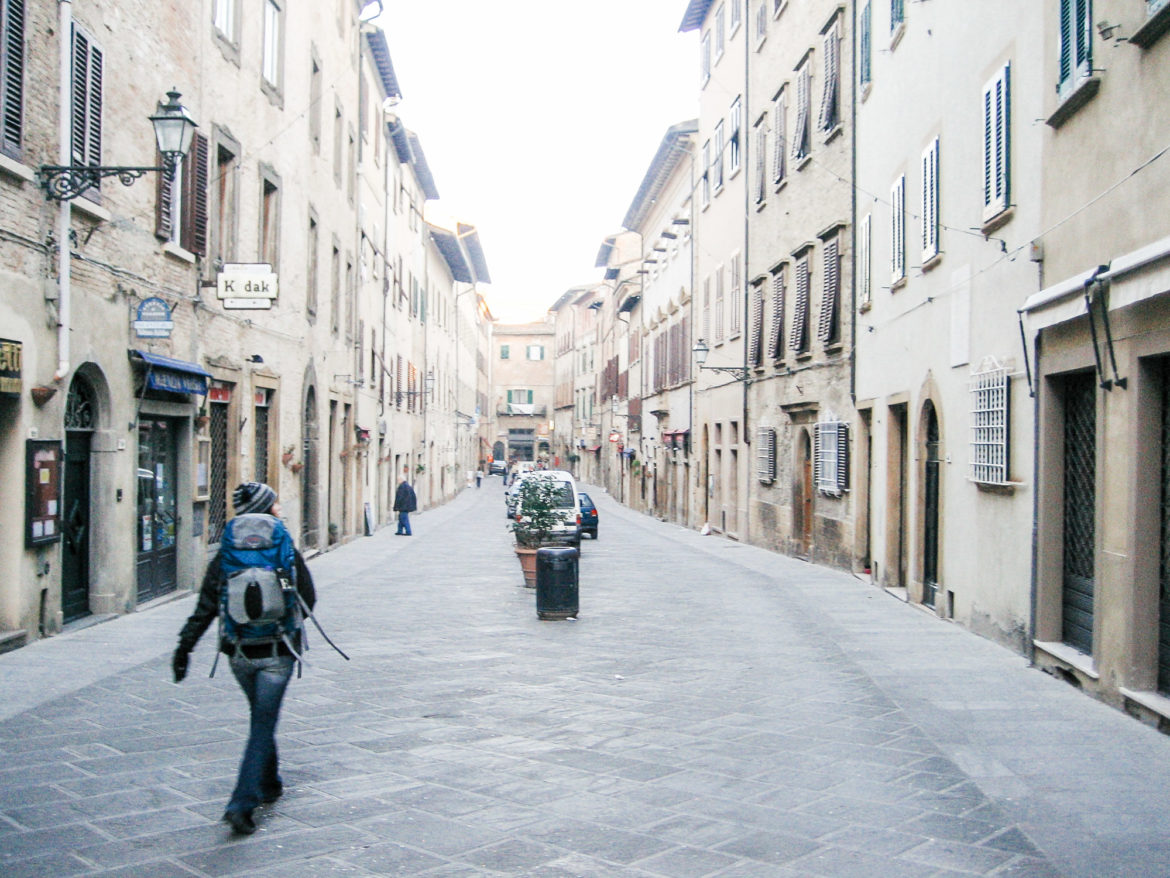By far, the question we’re asked the most is how we can afford to travel so much.
We didn’t inherit a trust fund and haven’t won the lottery (though not for a lack of trying.) Instead, we make travel a priority and do what it takes to make it happen.
When we took our first long-term travel sabbatical through Western and Eastern Europe, we developed a frugal, low-to-the-ground traveling style influenced by our travel idols, Anthony Bourdain of No Reservations (R.I.P.) and Rick Steves of Europe Through The Back Door. This allowed us not only to travel for as long as possible, but gain access to more authentic experiences. We stuck to a daily budget. Recorded our expenses as we went. And only allowed for a handful of splurges during our seven month trip. In short, we strived to live like locals. Just normal, everyday life.
Keeping track of dwindling money is never fun, so we made a game out of it. Inadvertently, we came up with a traveling mantra we still use to this day: Cheap and Charming.
Cheap and Charming acts as a guiding light to provide focus and give us a clear intention for our travels.
Practically speaking, it forces us to find the most fulfillment for the least amount of money. Traveling this way involves constantly weighing priorities. It means choosing what’s important to us, particularly for everyday purchases like lodging, meals, transportation, sightseeing and activities. Convenience and comfort always cost extra. It’s up to us to decide how no-frills we want to go. That means finding a balance.
Something can be cheap, but definitely not charming and vice-versa. We won’t stay somewhere unsafe or filthy just because it cost less. Alternatively, we typically don’t take a taxi or Uber when we can easily take public transportation for a fraction of the price (though taxi drivers are often a great source of information into a place.)
Generally speaking, we opt to spend our money for experiences.
We typically pay more for an experience that gives us insight into a culture in lieu of any kind of frivolous indulgence. It’s a no brainer for us to stay at a local guesthouse rather than a pricier, generic hotel. Money saved then goes towards a regional specialty at a restaurant, an art museum or cultural performance. Of course, there are some experiences we feel we have to do despite the expense. A sunset gondola ride with a fourth generation gondolier in Venice, Italy. An overnight camel trek with Berbers in the Sahara Desert. Renting a camper van for a 2-week road trip through Iceland. These are all examples of experiences we felt were definitely worth the splurge.
Overall, the costly exceptions in our travels are few and far between. The beauty of traveling this way is that we don’t really feel like we’re missing out. The expensive aspects of traveling are usually catered to tourists anyway. That means less of the real experiences and insights we’re wanting when we go abroad. More money also means higher expectations. When the experience doesn’t live up to the hype, naturally, it’s disappointing.
For us, the most rewarding aspects of travel aren’t the most popular tourist spots, but the experiences that put us smack dab in the middle of everyday life.
Enjoying afternoon coffee at an outdoor café in Paris. Joining an impromptu cricket game with kids in India. Striking up a conversation with a Buddhist monk in Laos. These types of activities are the essence of authentic traveling.
Ultimately, sticking to a budget and living within our means keeps our purpose for traveling in check. It gives us the opportunity to understand a place better. By simply living like a local, we’re much more attuned to the history, people, food, customs and culture that make each destination so unique.
And that, in and of itself, is very Cheap and Charming.

